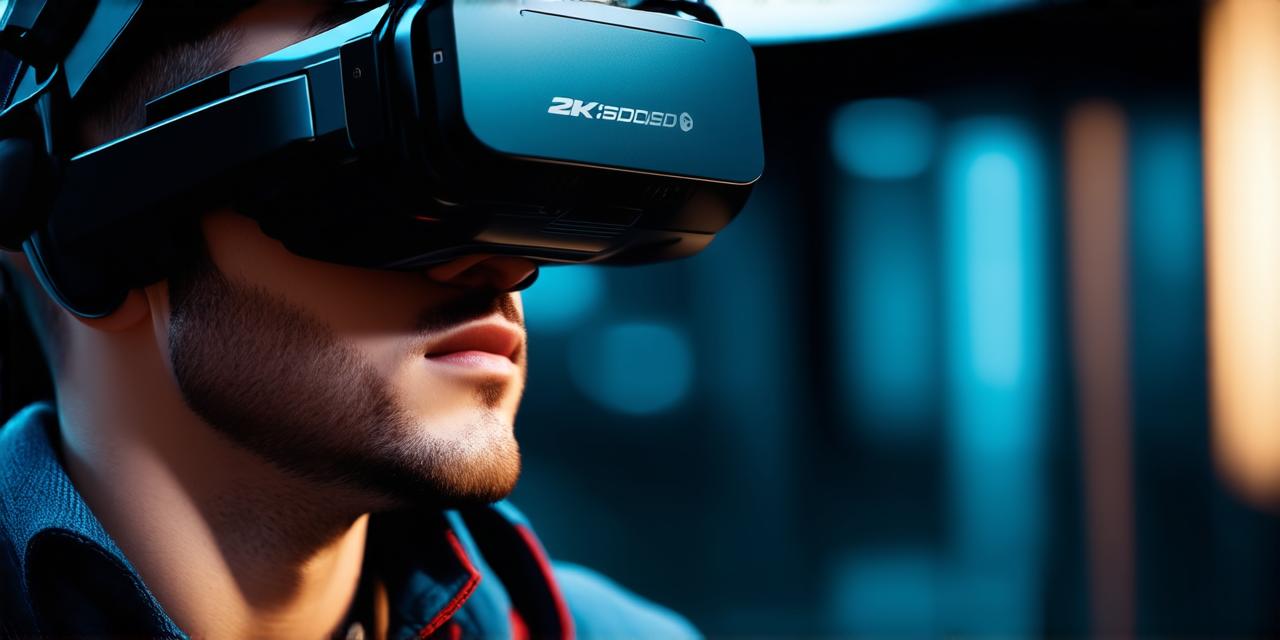
How to use a virtual reality headset
1. Choosing the Right VR Headset
The first step in using virtual reality headsets is to choose the right equipment. There are many different types of VR headsets available on the market, each with its own unique features and capabilities. Some popular options include the Oculus Quest 2, HTC Vive Pro Eye, and PlayStation VR.
When choosing a VR headset, consider factors such as resolution, refresh rate, field of view, and tracking technology. High-resolution displays and high refresh rates will provide a smoother and more immersive experience, while a wide field of view will allow users to see more of the virtual environment. Tracking technology is also important, as it determines how accurately the headset tracks the user’s movements and adjusts the virtual environment accordingly.
1. Setting Up the VR Headset

Once you have chosen your VR headset, the next step is to set it up. This will vary depending on the specific model of headset you are using, but generally involves connecting the headset to a computer or gaming console using a USB cable, installing the necessary software and drivers, and calibrating the headset to fit your head comfortably.
It’s important to ensure that the VR headset is properly calibrated to avoid motion sickness and other discomfort. This can be done by adjusting the lens distance, IPD (interpupillary distance), and eye tracking settings. It’s also a good idea to test out the headset in a well-lit room with enough space to move around comfortably.
1. Creating Engaging VR Experiences
Now that you have your VR headset set up, it’s time to start creating engaging VR experiences. There are many different tools and software available for developing VR content, including Unity, Unreal Engine, and A-Frame.
When creating a VR experience, it’s important to keep in mind the unique characteristics of the medium. Unlike traditional 2D media, VR provides a fully immersive experience that allows users to interact with the virtual environment in a more natural way. This means that your VR experiences should be designed with movement and interaction in mind.
One effective way to create engaging VR experiences is through storytelling. By telling a compelling story through the virtual environment, you can transport users to another world and create an emotional connection with them. It’s also important to consider the user experience and make sure that your VR experience is intuitive and easy to navigate.
1. Best Practices for Developing VR Content
When developing VR content, there are a few best practices to keep in mind. First and foremost, it’s important to test your VR experiences thoroughly to ensure that they are optimized for the specific VR headset you are using. This will help to avoid issues such as motion sickness and discomfort.
Another important consideration is the overall design of your VR experience. To create an immersive experience, it’s important to pay attention to details such as lighting, textures, and sound effects. You should also consider the use of haptic feedback, which can provide users with physical feedback that enhances the overall experience.


